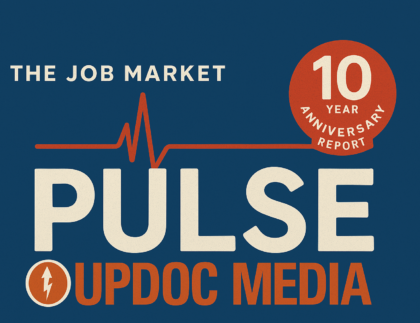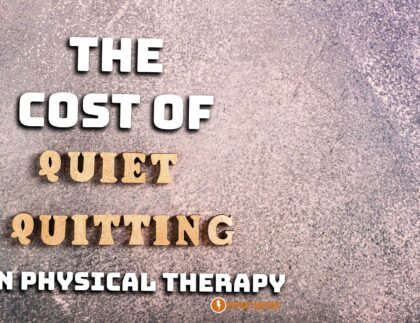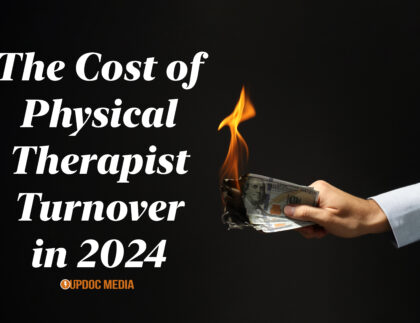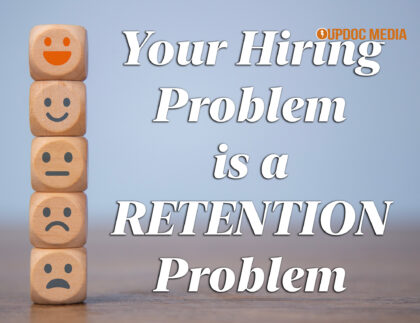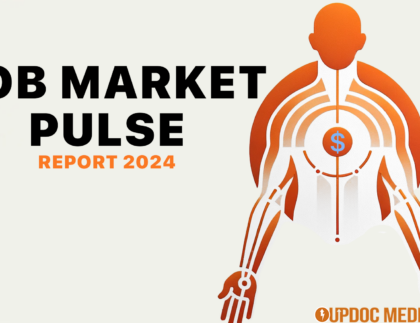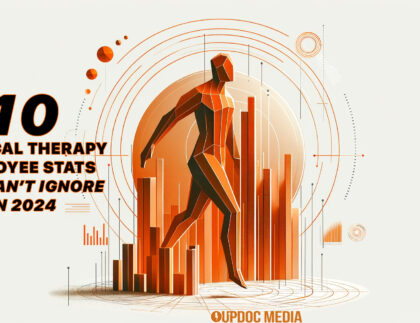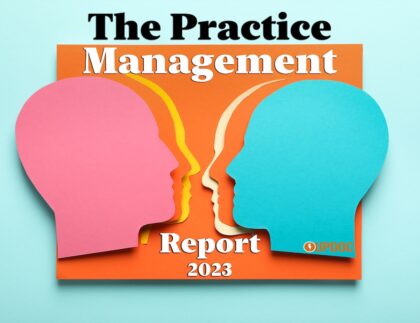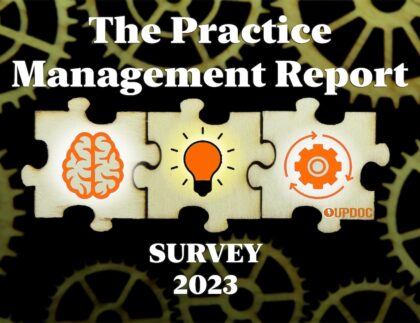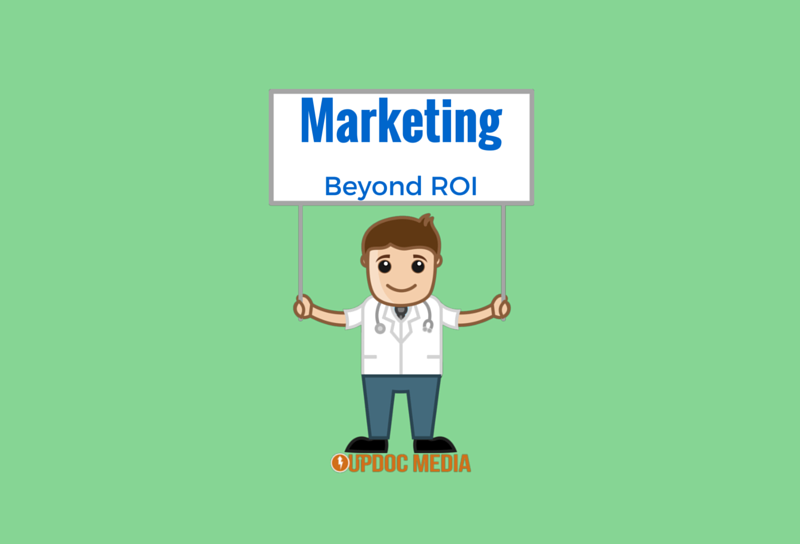
Marketing is a funny thing. It’s an art. And, it is most definitely a science. Marketing without numbers is like sailing without instruments, charts, compass, or even looking at the stars. At the same time, savvy sailors know the waters, the wind, and how much their ship can take based on instinct and intimate experience.
It’s the intangibles that I find fascinating about marketing. The stuff that goes beyond dollar-by-dollar ROI. The big stuff. The stuff behind the makeup of companies like Disney, Apple, and Starbucks.
And, along with those intangibles, I find some very interesting & ironic business behaviors at key phases of growth. Particularly, as companies go through phases of stagnancy (real or perceived) where they chomp at the bit in seeking growth, they seem even more fixated on short term ROI. The sad irony is that this short term tunnel vision essentially stunts the marketing department’s potential for actuating strategies and initiatives which would otherwise demonstrate some really interesting developments.
It’s a mindset problem.
So, the irony continues. Despite appreciating ROI in terms of education, licensing fees, continuing education, even insurance for malpractice, disability, and life… this mindset just disintegrates when it comes to business.
Strong marketing campaigns have a cumulative effect, a long tail, and are multidimensional in terms of financial response. Trying to extract short term financial gain in a play-by-play format completely obscures the big picture. What’s worse, companies capture false positives and false negatives in their marketing ROI as they are analyzing the effects of marketing plays made months, and sometimes, years ago.
There are better ways. More effective ways. Ways that are still measurable, yet go beyond the stumbling block of obsessing over ROI in a tit-for-tat frame of mind.
Here are three of them.
1. Market Model Analysis
One of the best ways of measuring marketing data, the financial return, and the overall long term business effects is through the use of market modeling. This particular measure of ROI is specifically used to take a long term, broad scale look at how a company’s marketing strategy is actually going in comparison to the marketplace at large, their own track record — AND — what changes in their revenue have occurred before, during, and after campaigns, initiatives, or product/service launches. While highly numerical & technical, I find this tool to be the most thorough and strategic analysis in this window of big picture marketing concern as the results also yield directions to future opportunities with frightening precision.
2. Brand Equity
Measuring brand equity can be a difficult thing to do. Yes, there is the all powerful brand equity index (BEI) — which I am actually quite fond of. However, I find that using BEI is best done for companies with large scales, large sales, and an even larger set of products/services. As it pertains to small business, I find that tactical comparisons in brand equity are most effective. This is for two reasons. First, a comparative brand equity requires end-user input — getting the buyer’s feedback is never a bad thing 😉 . Secondly, brand equity measures pair strongly with pricing analyses and linear programming… yielding again, some scary precision results so that businesses can know EXACTLY what’s going on with their marketing and ROI concerns. Plus, brand equity measures consider both time and price. If your consumer base is both time sensitive and price sensitive, this one is definitely for you.
3. Share Of Mind
Similar to brand equity, share of mind is, well… of the mind. It’s mental. It’s figment. You can’t necessarily put nor directly attach a dollar sign to it. Nevertheless, it is absolutely crucial.
If I say, “coffee…”
Starbucks.
If I say, “smartphone…”
Apple.
If I say, “tissue…”
Kleenex.
That, is Share Of Mind.
That, is a definite return on investment — where your company is ALL that consumers think on when they think on a need or a job to be done. That, is the power & result of precisely laid out and executed marketing campaigns, initiatives, and strategy. Ultimately, this type of consumer response is the creme de la creme for any marketing team. It goes beyond how many dollars came back to the company after spending $1000 on ads. It goes beyond the percent growth per quarter. It goes beyond the clicks, the impressions, and the engagements ratios.
This type of marketing goes beyond ROI. It brings a company, an organization, a brand into transcendence with people’s lives. “It”…”You,” no longer become an option to buy. You, become their lifestyle.
Of course, there are many other ways of marketing beyond ROI. Public relations, corporate social responsibility, retaining consultants, creating interactive communities… all things which are hard to directly measure — BUT — are key activities which industry leaders like Disney and Apple heavily rely upon.
If you want to be like these big brands, you must market like them.
Your marketing strategies must go beyond the mindset of narrow scope ROIs. And, yes, I know… it’s important to keep track of these things. I mean, *I* am the numbers guy. I get it. I really do. What’s even more appreciable is best said by Bruce Lee:
Think big picture.
Think beyond ROI.
Make actions to become more than a service or product.
Make it so “you” are the first they think of. You, are more than a need. You, are a welcome expectation in your customer’s day. Become, a part of your customer’s lifestyle.
If you’re interested in reading up on marketing, check out these three “Three” posts:
1) Three Unbelievable Marketing Follies
2) The Three “Es” of Excellent Content
3) And, finally, for the clinical space: Three Critical Retail Marketing Strategies
